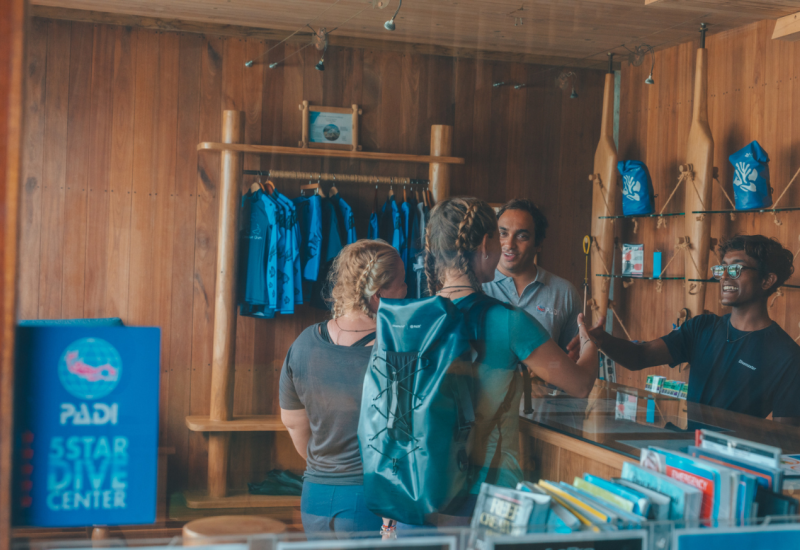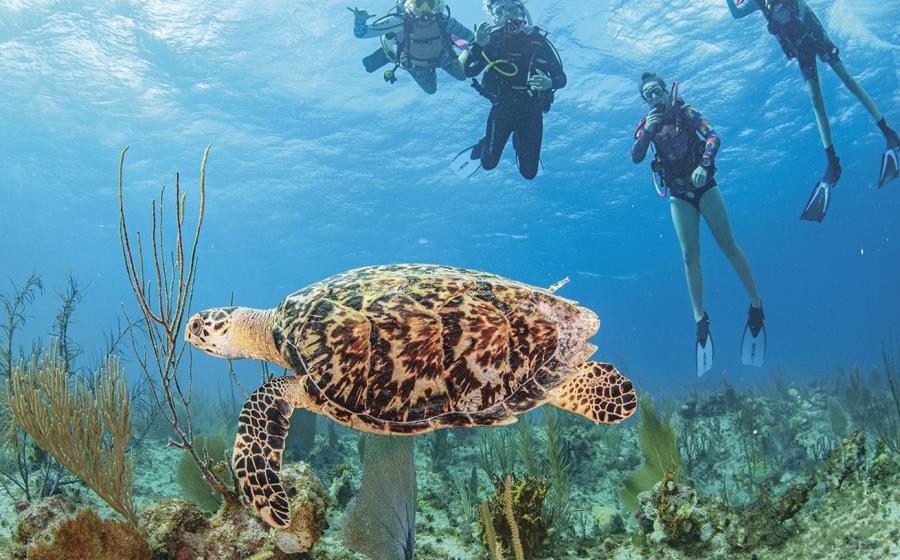Your Wildest Dreams: Scuba Diving from the Galapagos Aggressor III
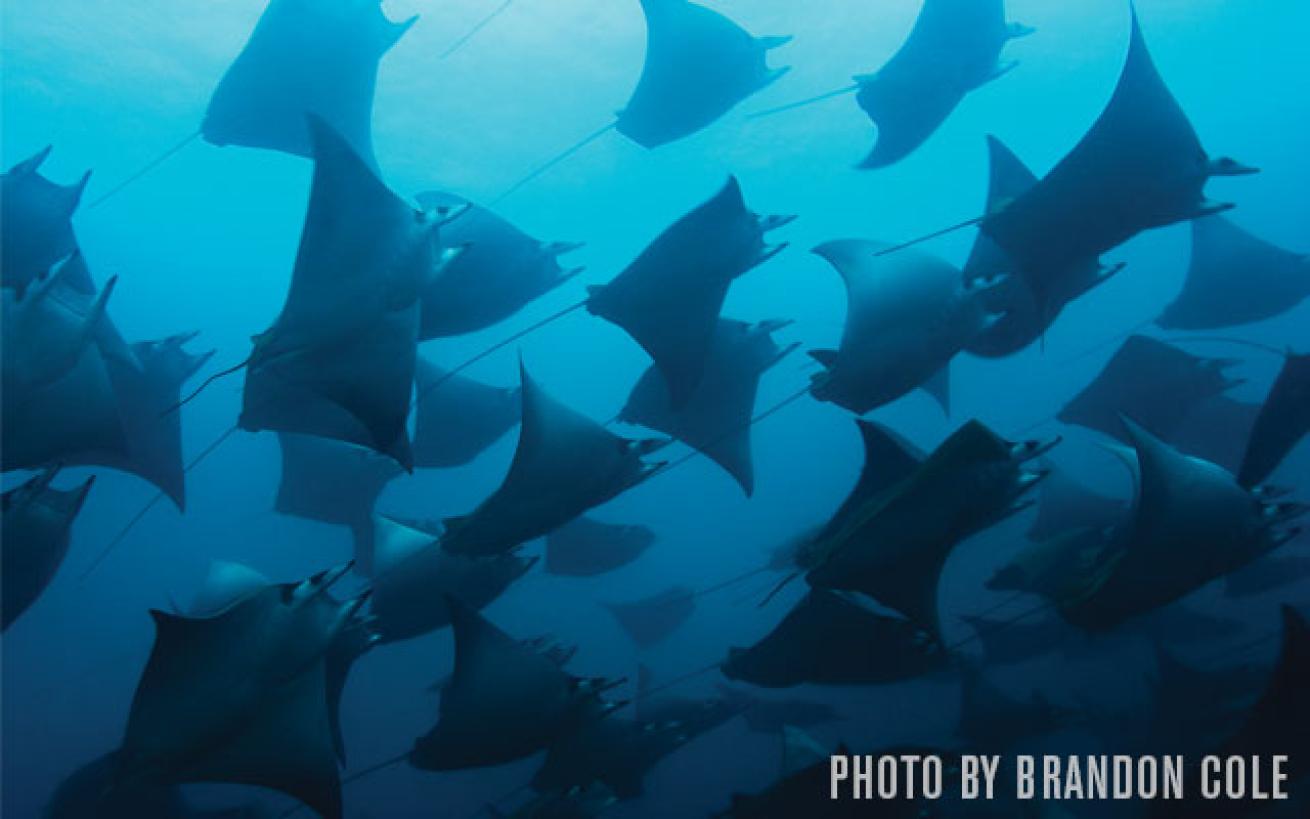
Brandon Cole
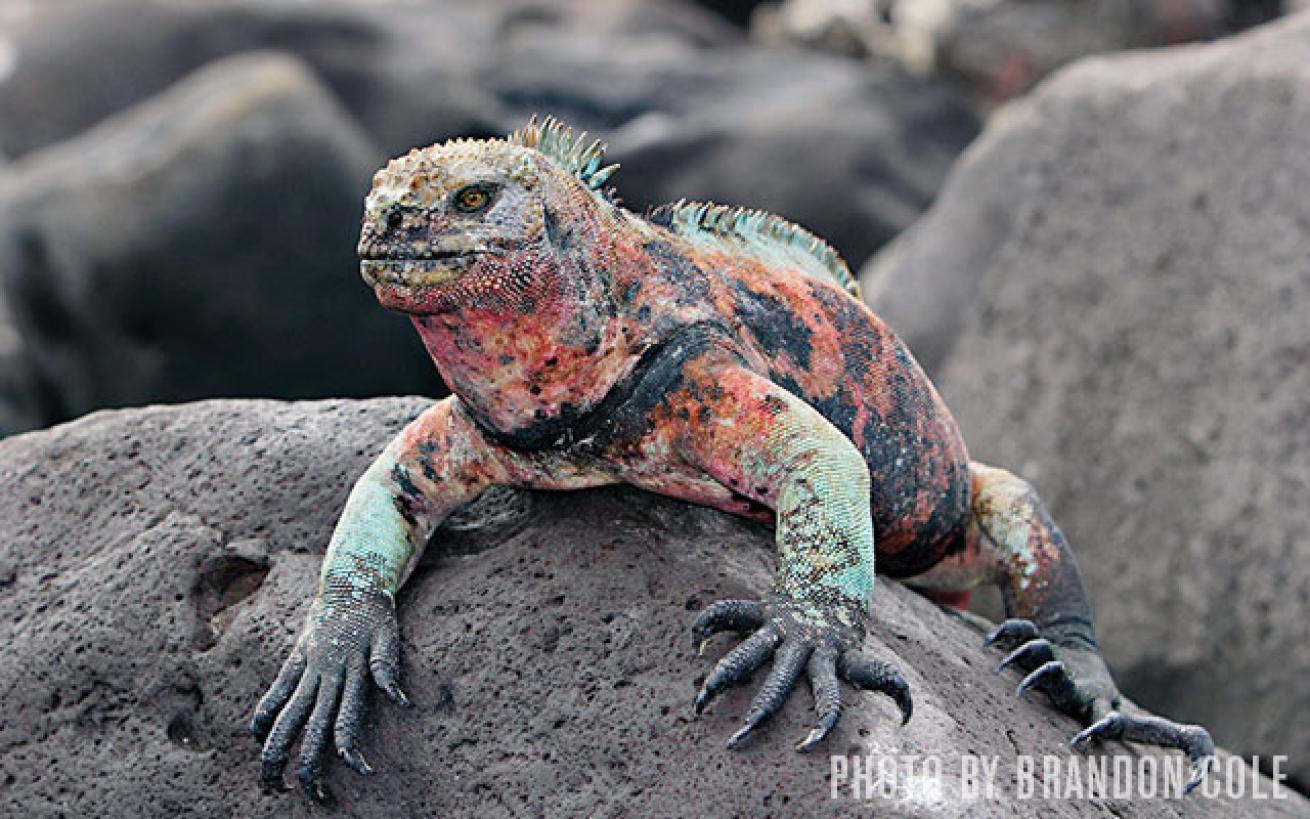
Brandon Cole
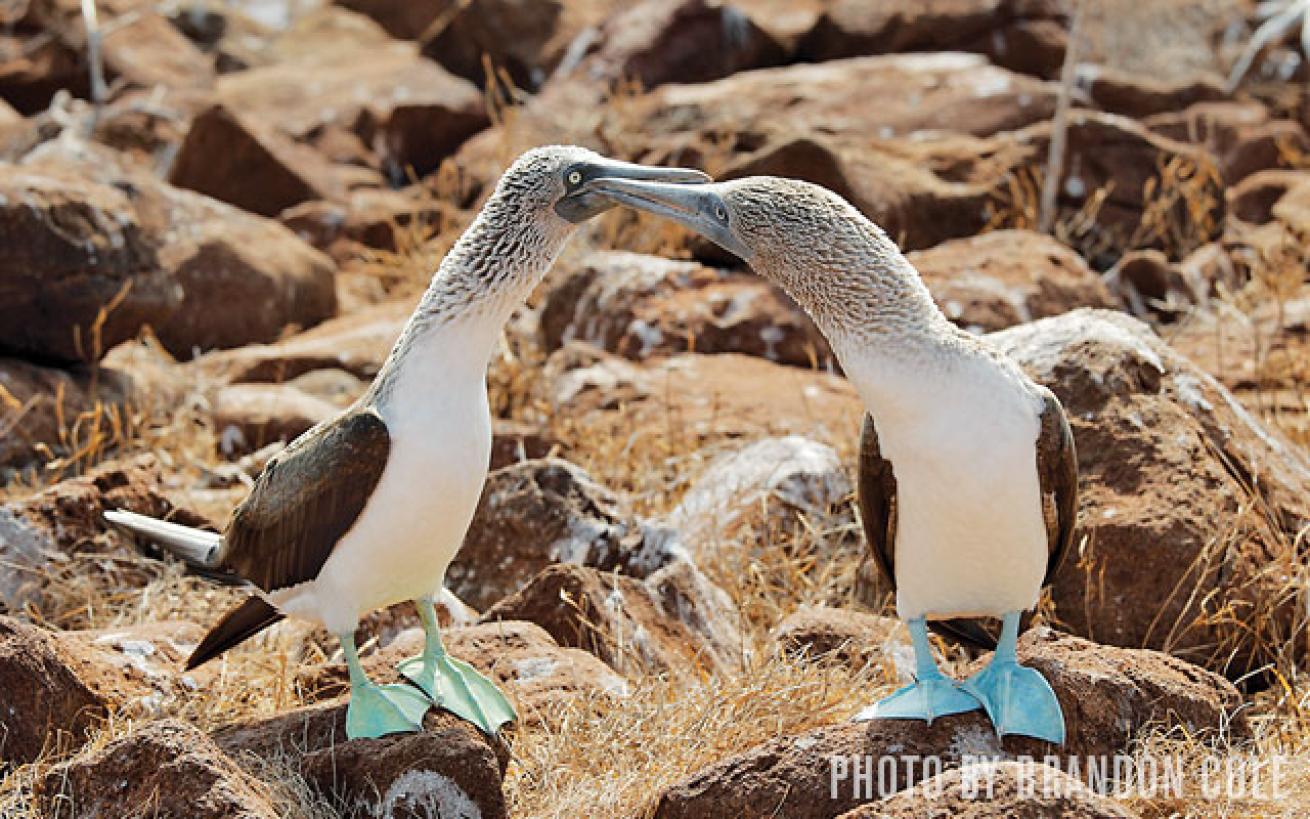
Brandon Cole
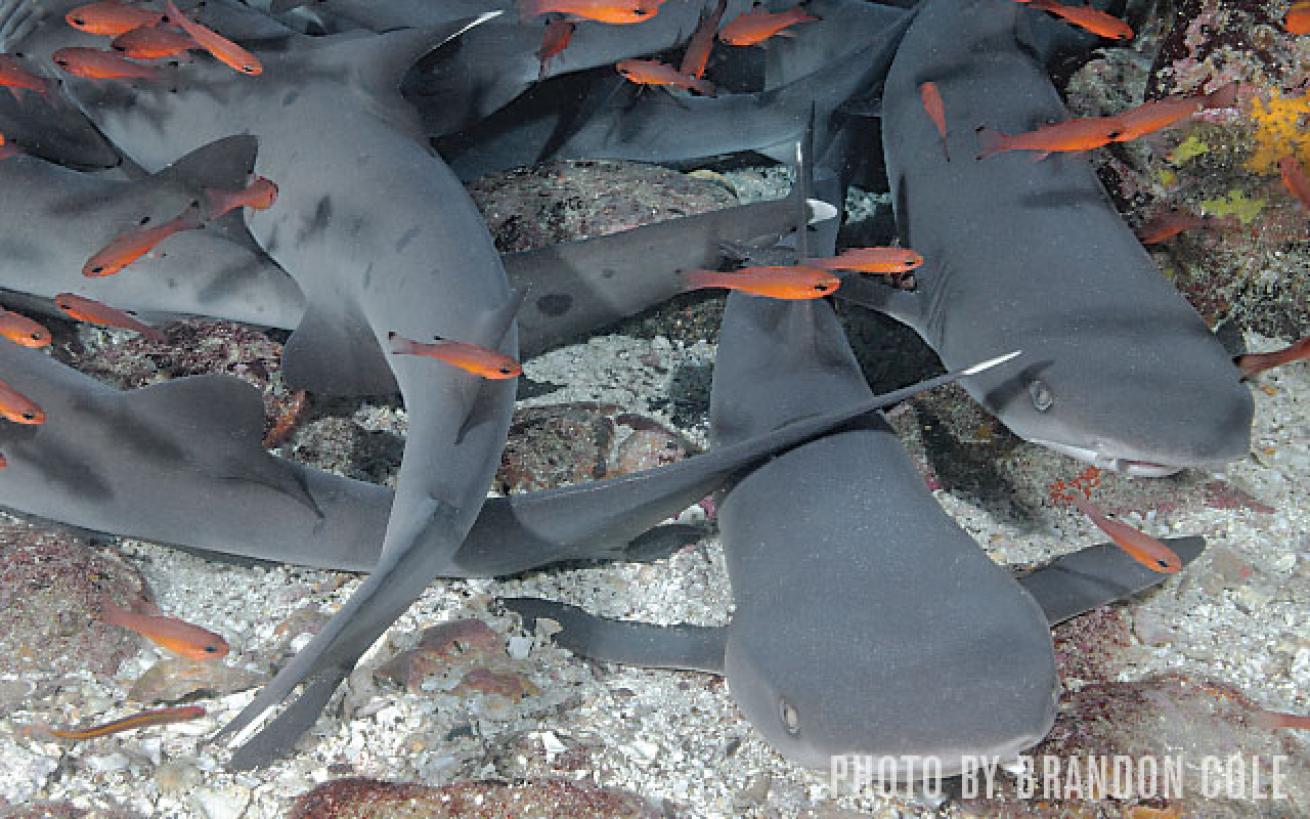
Brandon Cole

Brandon Cole
Nowhere else on Earth offers the abundance of wildlife — both above and below the waves — you’ll find in the legendary Galapagos Islands.
The urge to submerge is strong in me. But there’s one place I find myself just as amazed over the wildlife above the waves as below: the Galapagos Islands. Do I choose a dozen species of sharks and rays or the iconic giant land tortoises? What about superb marine macro critters, or nesting blue-footed boobies; massive schools of fish, or piles of sunbathing iguanas? I wonder if Charles Darwin would have been similarly conflicted — albeit in reverse order — if he had access to scuba? Luckily the modern-day naturalist doesn’t have to choose.
A 600-mile flight from Ecuador’s coastal city of Guayaquil to San Cristobal — one of 13 major islands in the Galapagos Archipelago — begins my surf-and-turf adventure. I kick things off with a weeklong liveaboard diving expedition aboard Galapagos Aggressor. We drift along Cousin Island’s terraced wall in 30 to 80 feet to see green sea turtles napping amid bushes of yellow-black coral, king angelfish, barracuda, and puppylike Galapagos sea lions. Giant mantas wing past us at Cape Marshall. Braving cold upwellings off Punta Vicente Roca, we’re rewarded with mola molas, seahorses, frogfish, horn sharks, red-lipped batfish, and even a penguin flying through a school of salema. Wolf Island’s Landslide overwhelms us with bold (and beefy) Galapagos sharks, spotted eagle rays, and free-swimming moray eels.
But no “world’s best dives” list is complete without Darwin Island. Remote and remarkable, it’s the northernmost in the Galapagos chain. Strong currents sweep over its one site, where advanced divers cling to barnacle-covered boulders between 60 and 100 feet deep, and are witness to an astonishing array of pelagics. I spot bottlenose dolphins, silky sharks, a tornado of bonito tuna, walls of jacks, six whale sharks (including two bus-size behemoths more than 40 feet long), and hundreds of scalloped hammerhead sharks.
But the underwater riches are only part A: Part B of the ultimate liveaboard nature experience is a multiday naturalist cruise specializing in Galapagos National Park land excursions. There are dozens of cruises available, from budget to luxe — just pick an itinerary that suits you. On North Plaza Island, I laugh at the fuzz-ball fledglings and comical courtship dance of blue-footed boobies; Fernandina is a stronghold for marine iguanas, my favorite diminutive dinosaurs. Like most Galapagos wildlife, these lizards are fearless, unfazed by humans hunkering down right beside them. I ascend Bartolome Island for a spectacular view of Pinnacle Rock and a harsh, otherworldly tableau of volcanic craters and tuff cones.
At the Darwin Center on Santa Cruz Island, I read up on the evolutionary forces at work on the famous Galapagos tortoise, then it’s off into the misty highlands for an afternoon with dozens of the gentle giants.
My favorite terrestrial site is Espanola, far to the south and the oldest island in the archipelago. It’s home to thousands of waved albatrosses, huge, stately birds that engage in ritualized beak fencing during their breeding season. And on a perfect powdery beach, sea lions snooze in the sun and pose for pictures. If only underwater photography were this easy.
Ready to dive? Visit: aggressor.com
Not sure what to pack on a liveaboard? Check out these Essential Items for Liveaboard Diving.

Galapagos Aggressor III
Total passengers: 16
Cabins: 8
Total crew: 9
Length: 100 feet
Number of decks: 3

